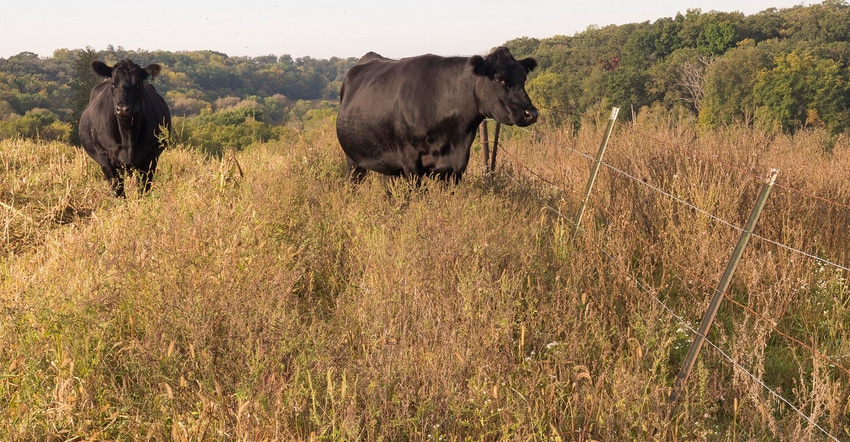July 20, 2017

By Bill Halfman
Over the past few years, beef cattle prices have declined significantly after several years of record highs.
With the declines came market volatility, which increased the need to evaluate beef enterprises to make informed management decisions.
No two beef operations are the same, and producers need to look carefully at their own operations to find where there is room for improvement and where they are doing a good job. You are only hurting yourself if you think you can get by with using average numbers.
University of Wisconsin Extension has developed three new spreadsheets to complement the feedlot enterprise budget tool and the yardage calculator that have been around for a few years now. Following is an overview of these three new spreadsheet tools.
• The Cow-Calf Enterprise Budget. This enterprise spreadsheet calculates profit or loss and breakevens on a whole-herd basis, per-cow basis and per-hundredweight-of-feeder-calf-sold basis when complete information is entered. The spreadsheet is designed to allow user-defined parameters for calculating many overhead expenses. The output can be used to establish benchmark data for the cow-calf operation, which provides information that can be used to identify strengths and opportunities for improvement. The spreadsheet can also be used for doing projections and looking at how potential changes can affect the cow-calf enterprise’s cash flow.
• The Stocker Enterprise Budget. This spreadsheet evaluates profit or loss and breakevens for stocker operations that use pasture as a large portion of the feed for calves. It includes sections for pasture costs, supplemental feed and feed used for a receiving program. Users enter in expected average gains over the duration of time the cattle are owned, or in the stocker phase if they are owned as unweaned calves or retained into the finishing phase. The spreadsheet also has sections for miscellaneous costs related to the stocker operation and a section to calculate labor requirements of the stocker enterprise.
• The Closeout Spreadsheet. Once you sell the last of a group of cattle you fed out, do you wonder how they did, or do you take the time to calculate what the profits or losses were on that group? The Closeout Spreadsheet provides the foundation to calculate how a group of cattle did. It is set up in separate sections for revenue and itemized expenses for the group. The feed input/cost section calculates feed efficiency, feed cost per gain, average daily dry-matter intakes and other important feedlot performance benchmarks. The spreadsheet also includes a yardage calculator sheet.
As with all of UW Extension’s decision tools, the more accurate the information entered into the tool, the more accurate and useful the results are. Accurate recordkeeping is essential to making good management decisions.
These spreadsheets are available, along with other UW Extension decision tools and spreadsheets, at the Wisconsin Beef Information Center Decision Tools and Software page.
Halfman is the Monroe County Extension agriculture agent. This column is provided by the University of Wisconsin Extension’s Wisconsin Beef Information Center.
You May Also Like




